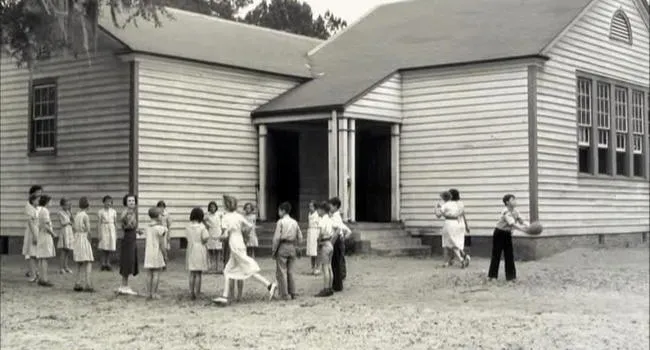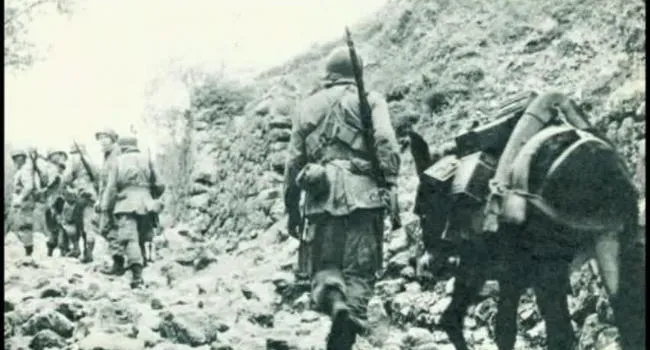Kaltura
This episode follows our veterans from their childhoods to the attack on Pearl Harbor and following through to the first battles of the war in North Africa, Italy and Sicily. Additional sections include stories from tow Tuskegee Airmen and a profile of Doolittle Raider pilot Lt. Bill Farrow, a native of Darlington, South Carolina. Produced by SCETV and The State Newspaper.
Standards
- Along with the rest of the world, the United States and South Carolina experienced economic instability during this period. As a result, political instability and worldwide conflict consumed the world in the 1940s. Following World War II, the United States emerged as a world leader through political policies and economic growth.
- 5.3 Demonstrate an understanding of the economic, political, and social effects of World War II, the Holocaust, and their aftermath (i.e., 1930–1950) on the United States and South Carolina.
- 8.5.CO Compare South Carolina and U.S. wartime contributions and demobilization after World War II.
- USHC.4.CO Develop a comparative analysis of the motives for and outcomes of American policies regarding foreign intervention.
Resources
You need to be logged in to listen to view this content. Create an account now; it's quick, easy, and free!
Log In to View





